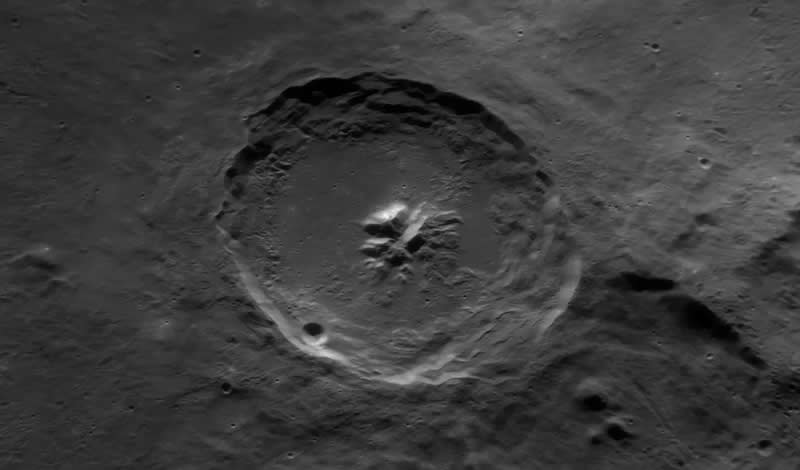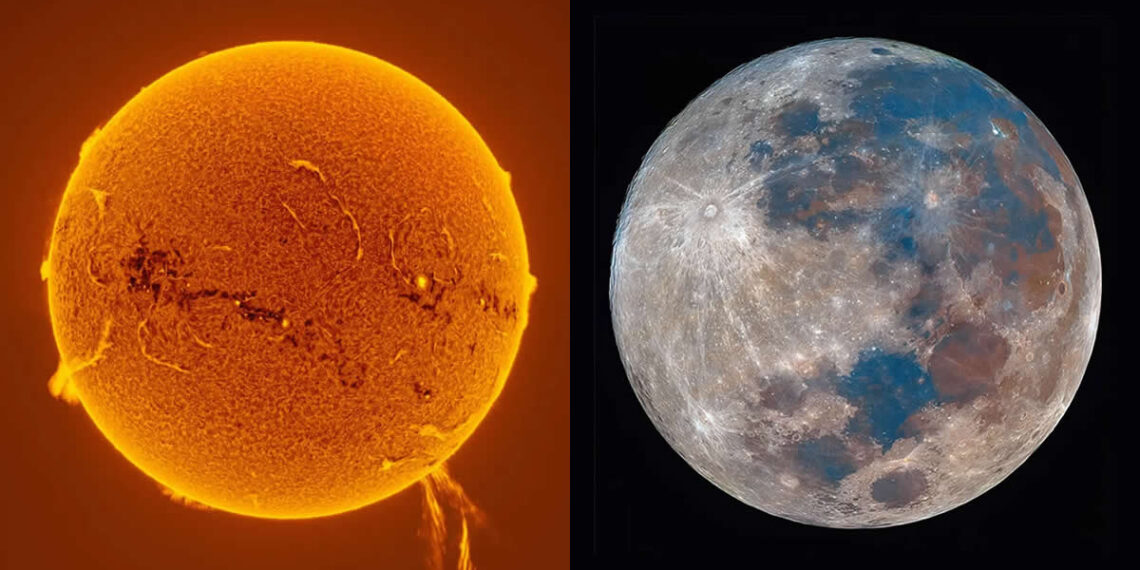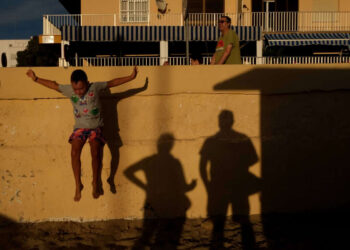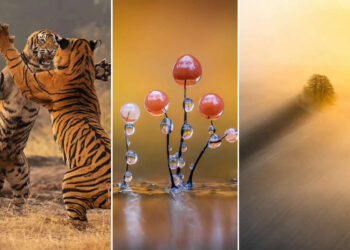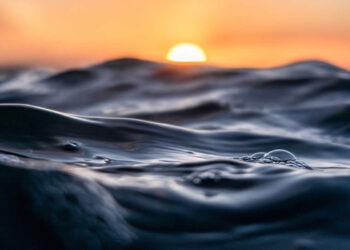Get ready to have your mind blown — the universe just got a whole lot closer. The ZWO 2025 Astronomy Photographer of the Year Awards have unveiled their jaw-dropping winners in the Sun and Moon categories, and these images are nothing short of cosmic poetry. Each photograph captures our celestial neighbors in ways that make you stop, stare, and wonder just how insanely beautiful space really is.
In the Sun category, the top honor goes to James Sinclair for his fiery masterpiece, “Active Region of the Sun’s Chromosphere,” shot in Cedar City, Utah, USA. His photo doesn’t just show the Sun — it reveals its wild energy, swirling with magnetic chaos and glowing plasma. You can almost feel the heat, the pulse, the life of our solar system’s heart. It’s a rare look at something we see every day but rarely really see.
Meanwhile, the Moon category winner, Marcella Giulia Pace, took things to a whole new level with her breathtaking shot, “The Trace of Refraction,” captured in Contrada Sant’Ippolito, Modica, Sicily, Italy. Her image turns the Moon into a prism of light and atmosphere, showing subtle bends of color and texture that feel like a dream pulled straight from the night sky.
These 23 winning and shortlisted photos prove that even in the vastness of space, there’s still magic left to discover. From glowing lunar halos to explosive solar flares, this year’s winners remind us how small we are — and how magnificent the universe can be when seen through the lens of human curiosity.
Scroll down and inspire yourself. You can check their website for more information.
You can find more info about RMG:
Sun Winners
#1. Category winner: "Active Region of the Sun’s Chromosphere" by James Sinclair
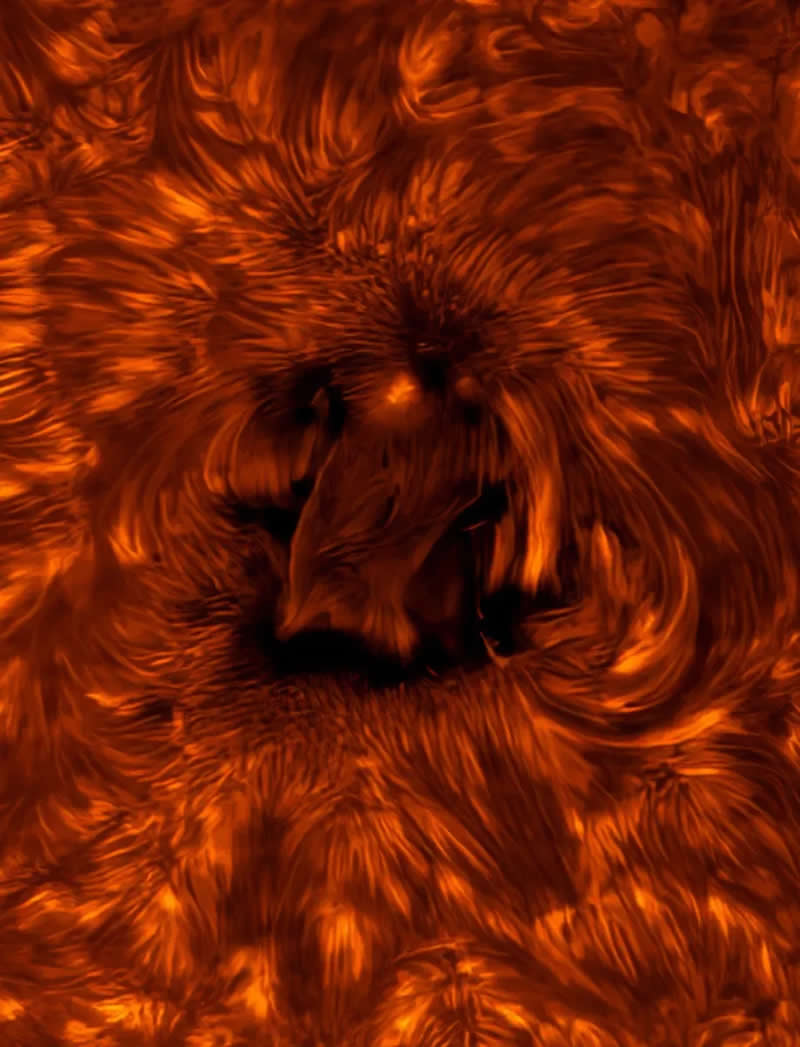
James says, "The chromosphere is the most picturesque part of the Sun. Composed of hydrogen and helium plasma, it is manipulated by the intense and tangled magnetic fields of the Sun. The Sun’s chromosphere does not just change day by day, it changes second by second, which is why solar astrophotographers become obsessed with it."
Taken in Cedar City, Utah, USA, 30 September 2024
#2. Runner-up: "A Sun Yawn" by Zhang Yanguang
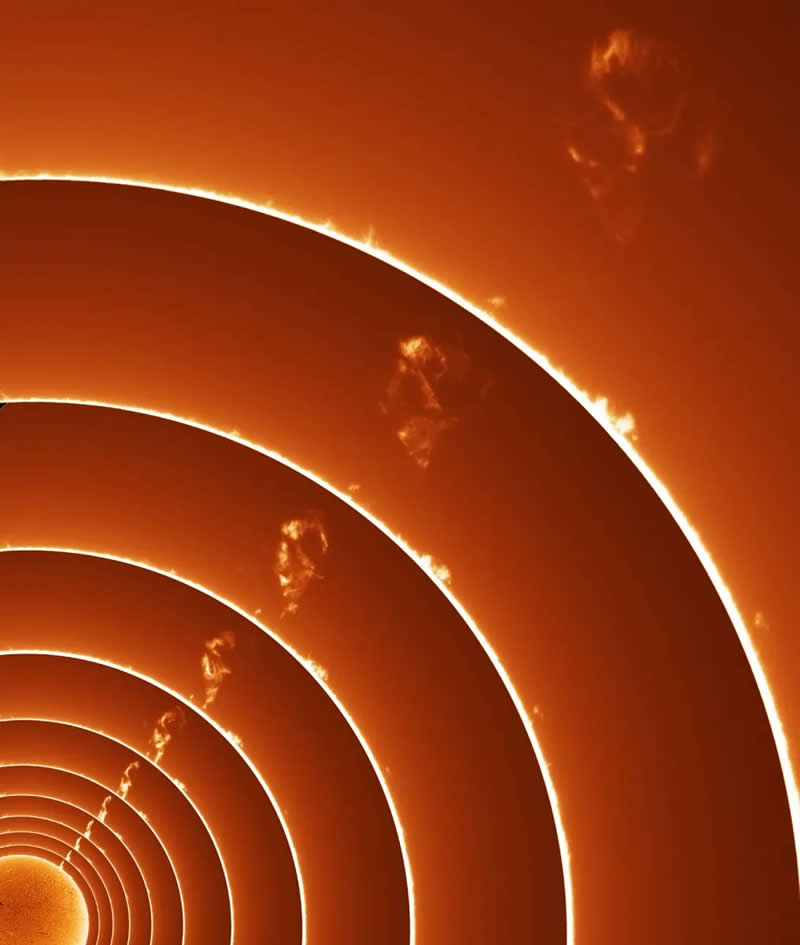
"This image sequence documents the eruption of a massive solar prominence, originating as a small protrusion from the Sun’s surface that subsequently expanded into an enormous plasma structure in space before eventually dissipating into the void. Using 11 sequentially captured images taken approximately minutes apart, I documented the entire celestial event – as if the Sun had let out a cosmic yawn, stretching and releasing its luminous plasma energies back into the stellar expanse," says Zhang.
Taken in Xiamen, Fujian, China, 17 December 2024
#3. Highly commended: "500,000-km Solar Prominence Eruption" by PengFei Chou
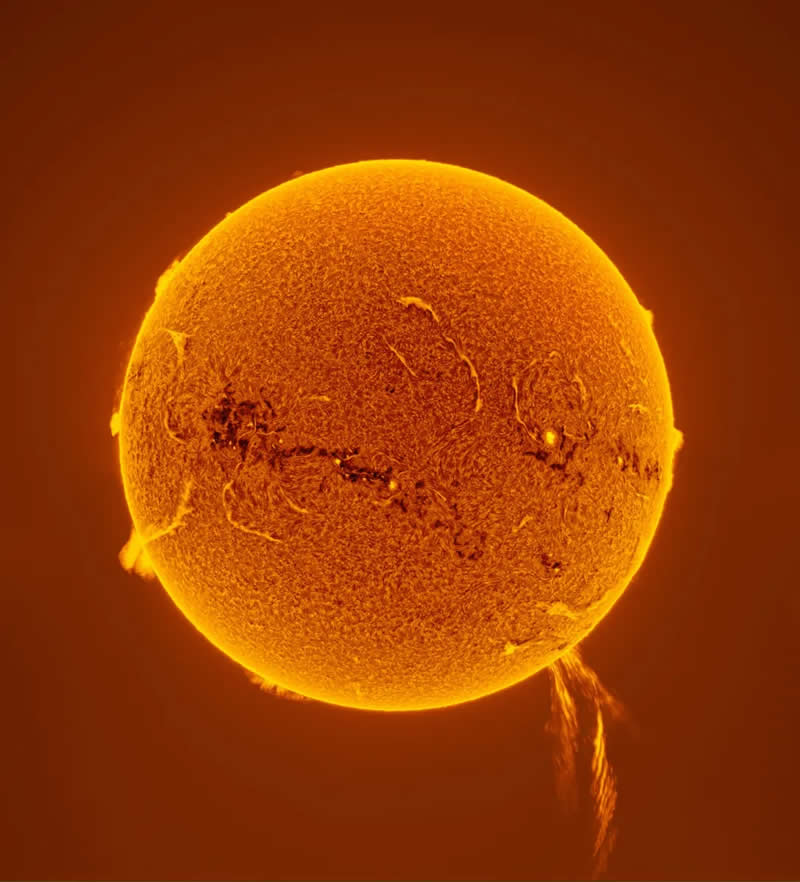
"On 7 November 2024, the Sun experienced the eruption of a massive solar prominence, with a length exceeding 500,000 km (311,000 miles). I was incredibly fortunate to capture the entire process of this eruption, lasting approximately one hour from its initial outburst to its conclusion. During the eruption’s rising phase, the prominence reached peak brightness, making it the best time for photography," explains PengFei.
Taken in Eastern New District, Xinxing County, Guangdong Province, China, 7 November 2024
Shortlists
#4. "Glowing Shark Fin" by Ran Shen
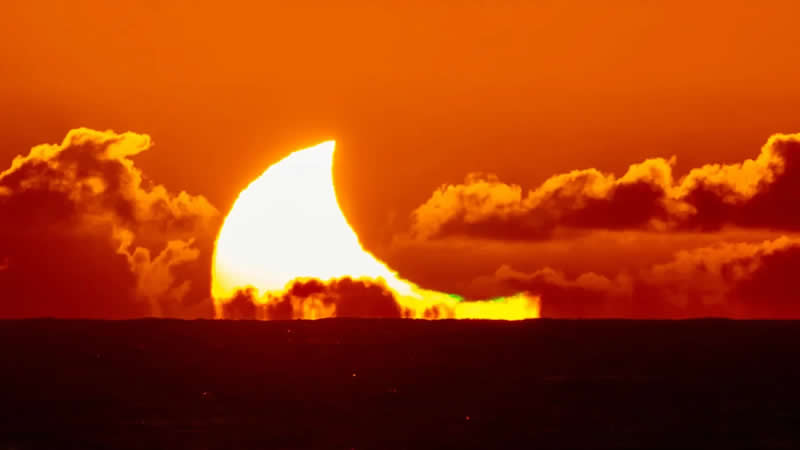
#5. "Near and Far" by Peter Ward
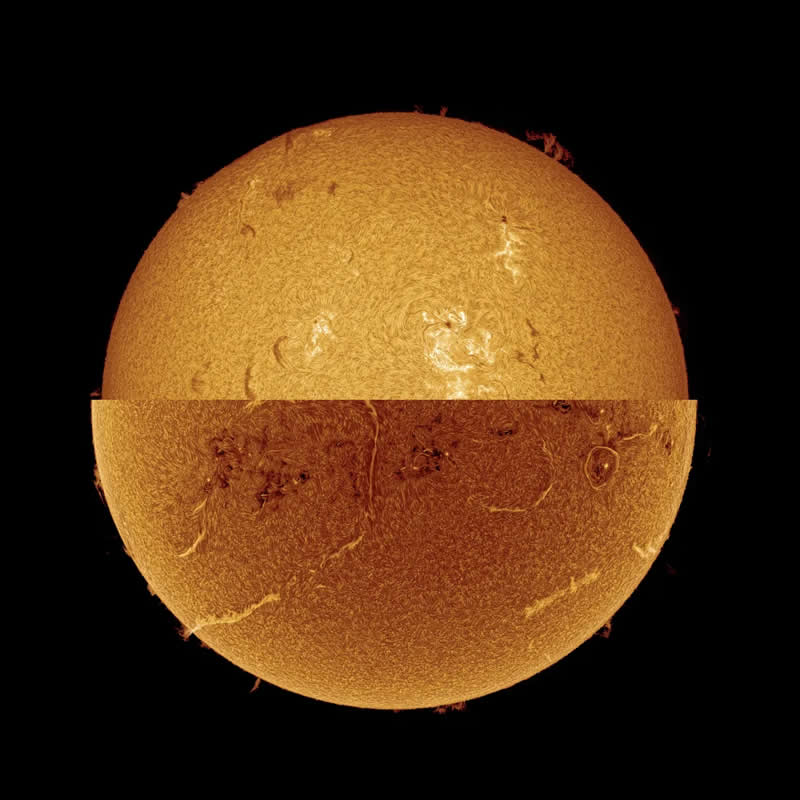
#6. "Sun Dogs" by Andrea Altherr
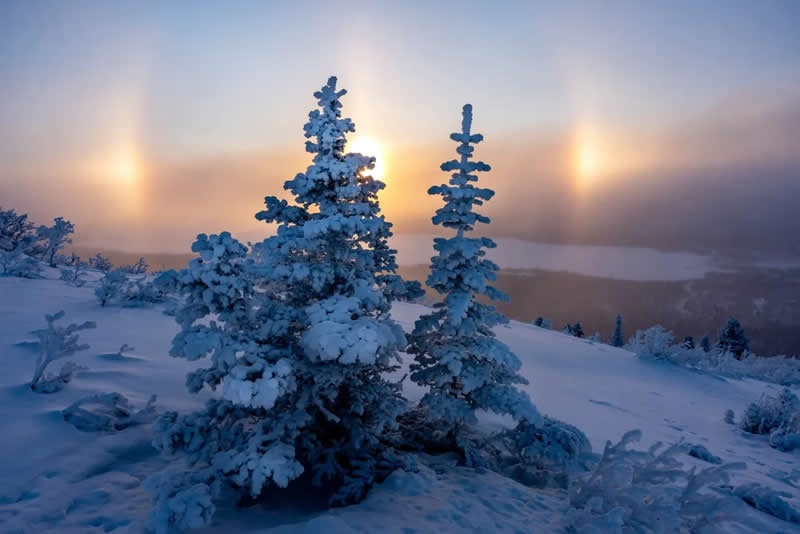
#7. "AR 13780 in Multiple Spectra" by Salvo Lauricella
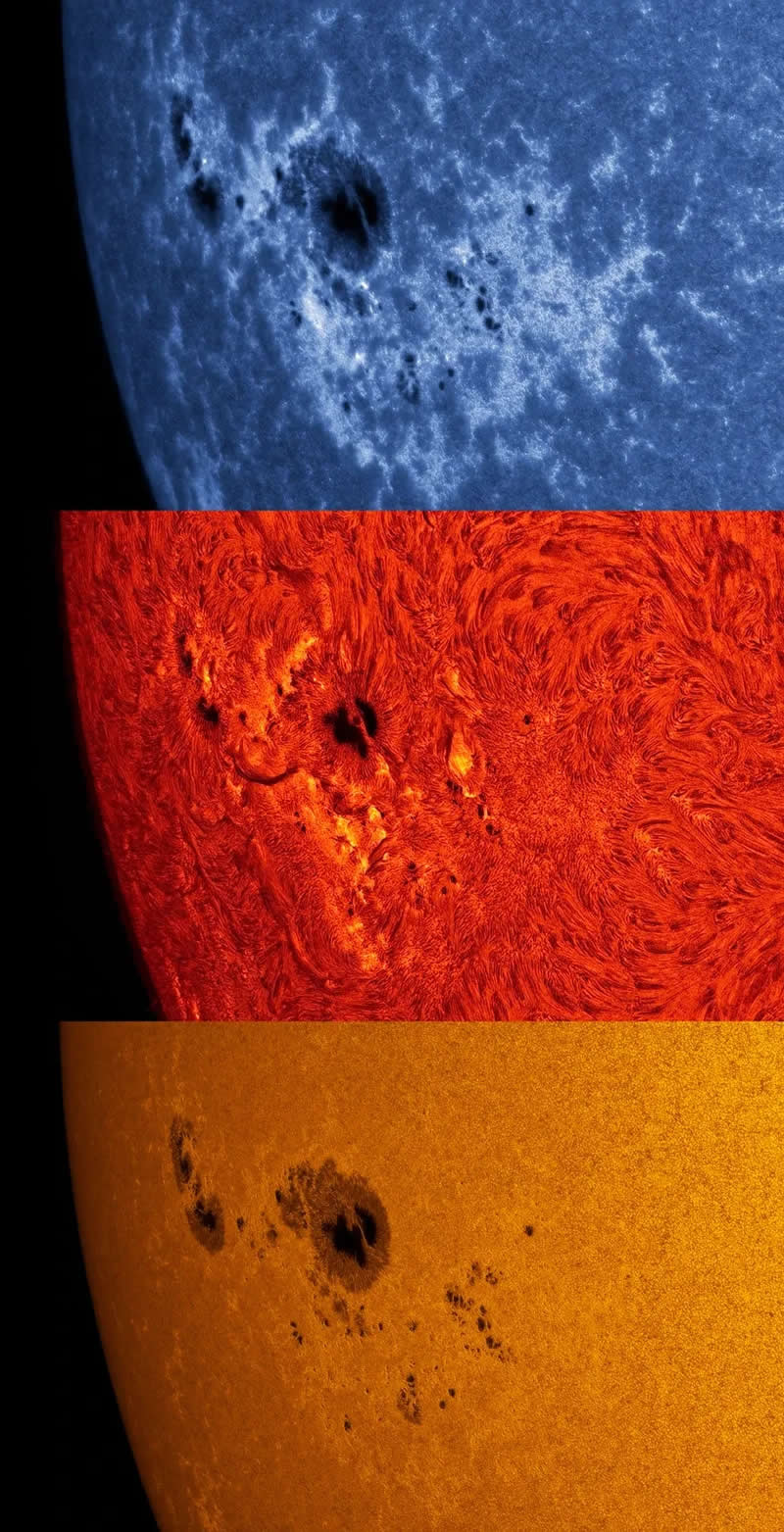
#8. "The Source of Light" by Pawel Zygmunt
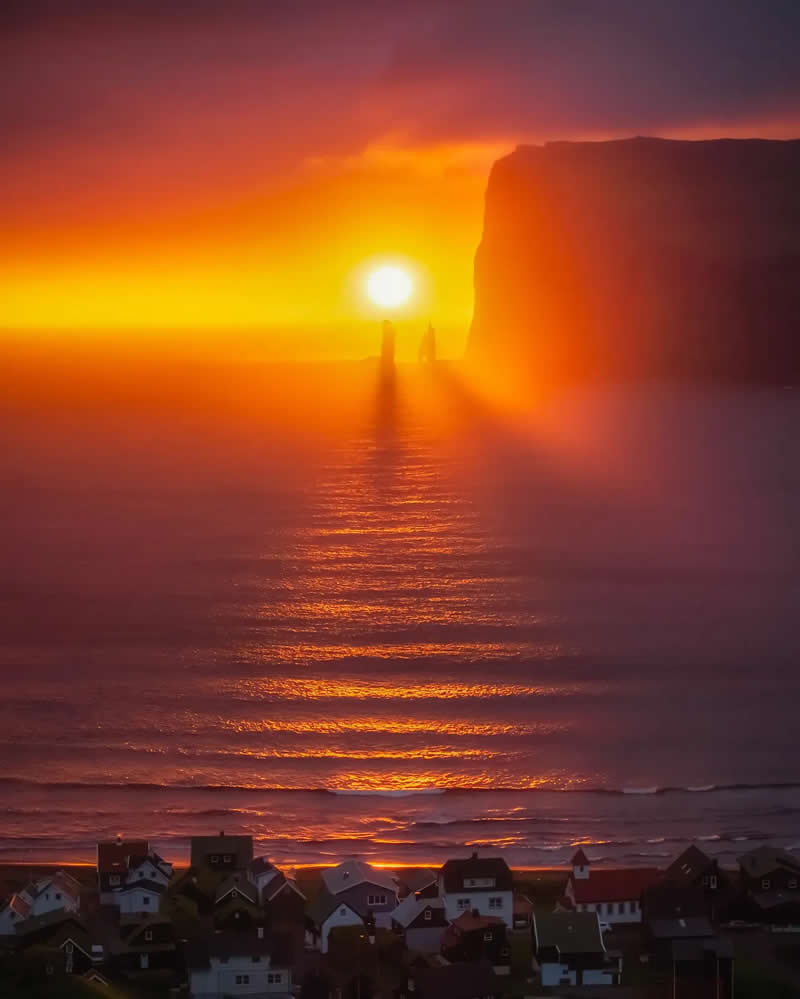
#9. "Encounter Within One Second" by Zhang Yanguang
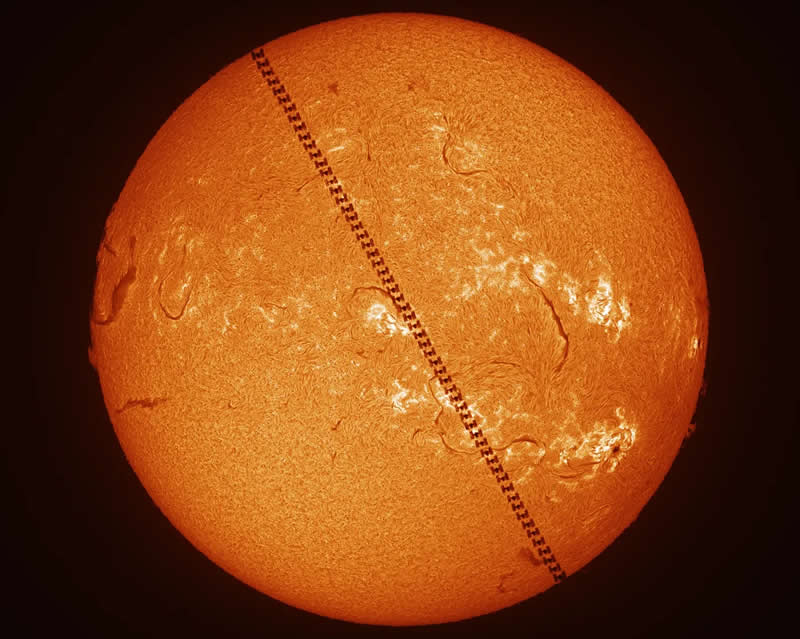
#10. "Progression of Baily’s Beads" by Damien Cannane

Moon Winners
#11. Category winner: "The Trace of Refraction" by Marcella Giulia Pace
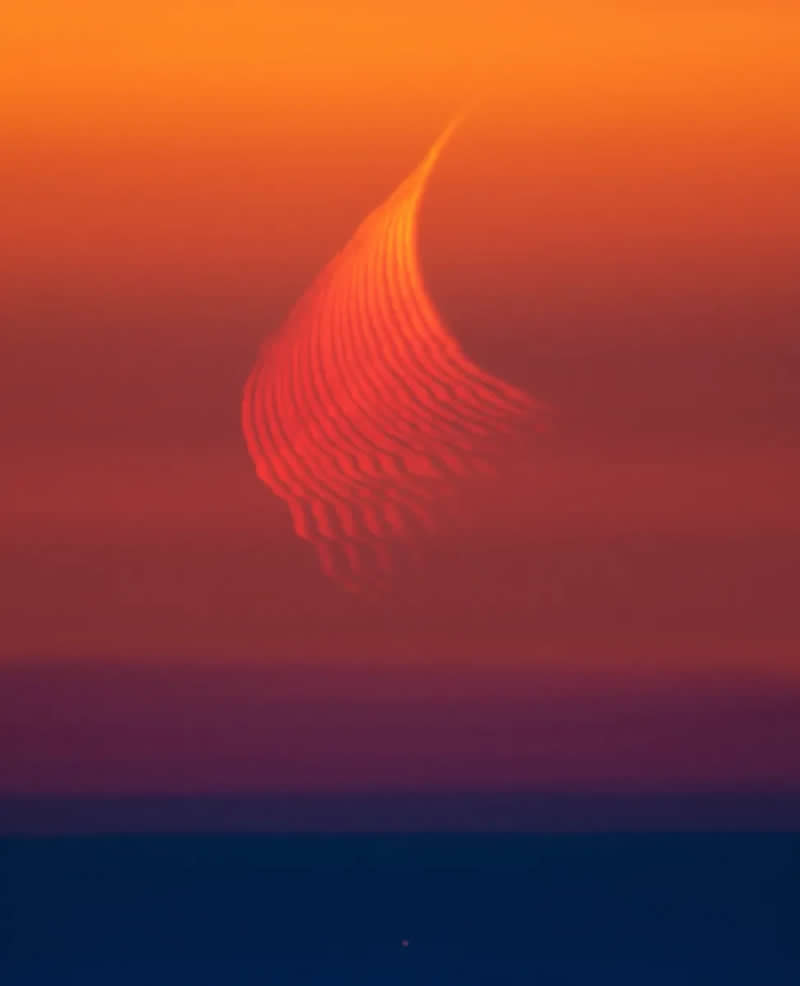
Marcella says, "This image captures the phenomenon of atmospheric refraction, where moonlight passes through dense layers of Earth’s atmosphere near the horizon, bending in a manner similar to light rays through a prism. Additionally, the redness of the Moon can be explained by a process known as Rayleigh scattering [smaller particles in the atmosphere scatter shorter wavelengths of light, resulting in longer wavelengths, namely red, being more predominant]. This effect is accentuated when the Moon is low on the horizon, making the spectacle even more breathtaking."
Taken in Contrada Sant’Ippolito, Modica, Sicily, Italy, 7 April 2024
#12. Runner-up: "Saturnrise" by Tom Williams
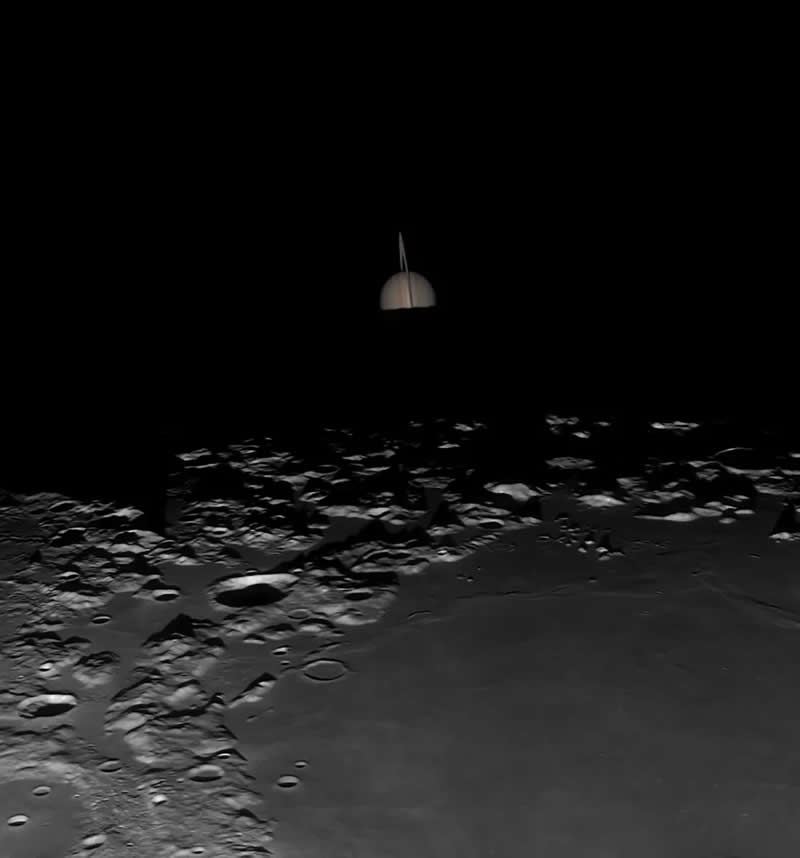
"This image shows the tail-end of August’s lunar occultation of Saturn. Although occultations are rare for any one location on Earth, 2024 saw a total of ten occur across the globe! The event pictured here occurred near Saturn’s opposition and so coincided with the near Full Moon," explains Tom.
"The gibbous phase not only gave a great view of the Moon’s surface but also made the brightness difference between areas less harsh − especially between the sunlit edge (called the limb) and the dimmer line between day and night (called the terminator). With the planet also nearing its equinox, the rings are nearly edge-on, resulting in a particularly striking view as Saturn appears to rise from behind the silhouetted limb of the Moon"
Taken in Trowbridge, Wiltshire, England, 21 August 2024
#13. Highly commended: "Aristarchus on the Moon" by Raul Cantemir
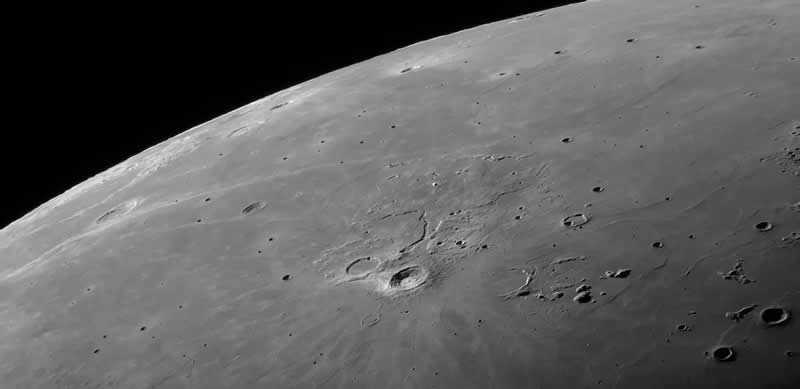
"This Moon close-up shows, among other things, the main crater Aristarchus with its nine secondary craters. It has a diameter of 40 km (25 miles) and is located in a region visible on the front side of the lunar surface. Other visible craters are Seleucus, Briggs and even the main crater Eddington (with its own secondary crater), the floor of which is practically flat. Even the almost submerged crater Eddington P in the south-eastern part of this image can be clearly seen. The Prinz impact crater is located north-east of the well-known Aristarchus radiation crater in the plain of Oceanus Procellarum."
Taken in Eberstadt, Darmstadt, Germany, 29 August 2024
Shortlists
#14. "Moonrise Perfection Over the Dolomites" by Fabian Dalpiaz
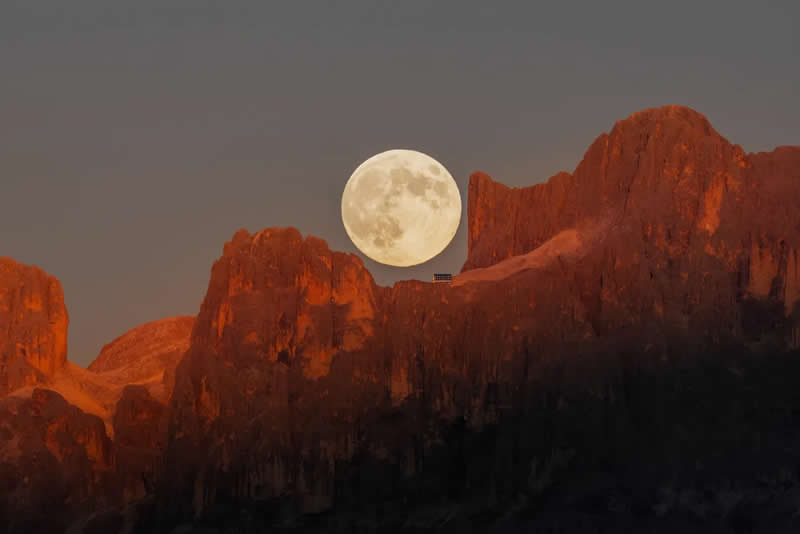
#15. "The Last Mineral Supermoon of 2024" by Karthik Easvur
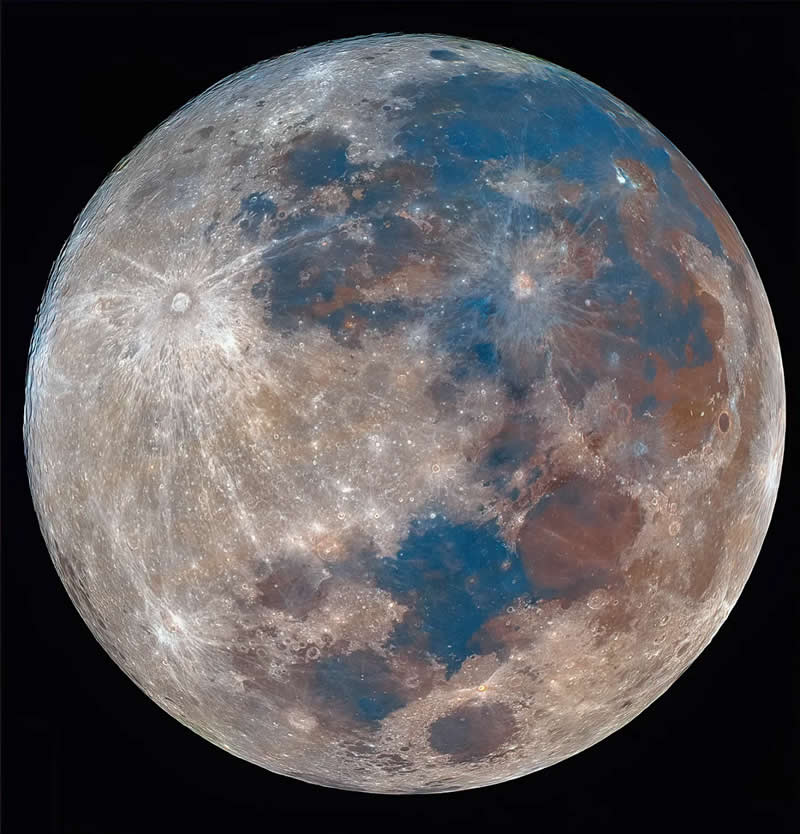
#16. "Tycho and Surroundings" by Andrea Vanoni
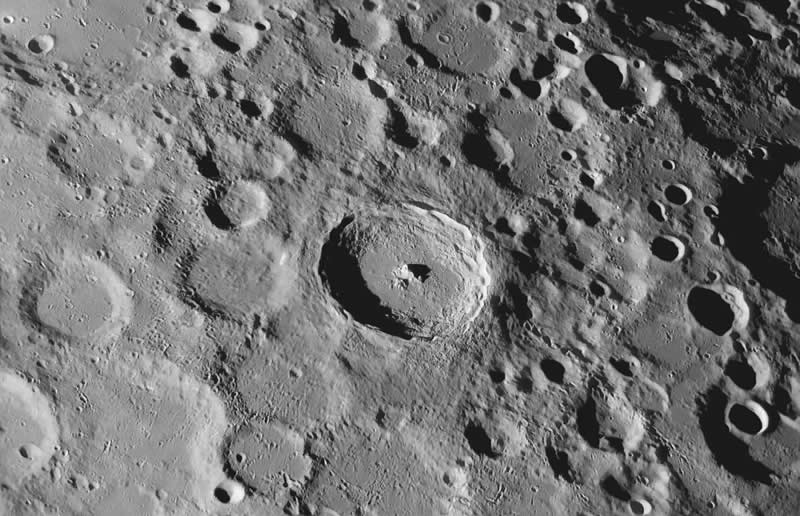
#17. "And Yet It Moves" by Russ Baum
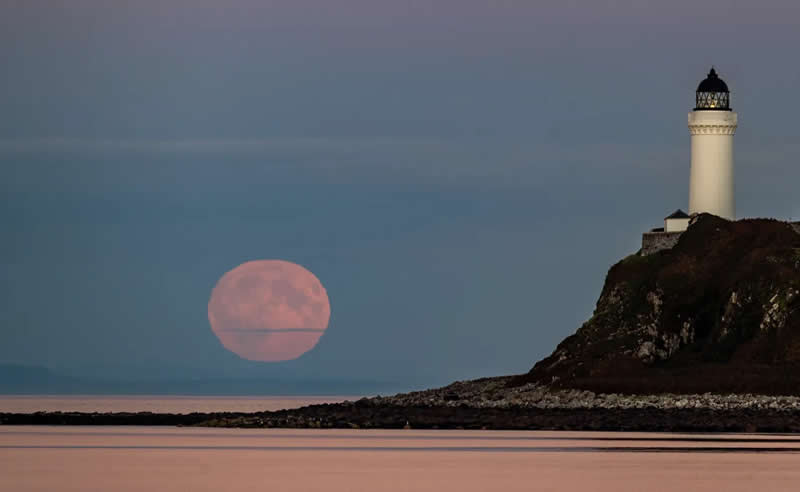
#18. "Rimae Ariadeus and Rimae Hyginus" by Lóránd Fényes
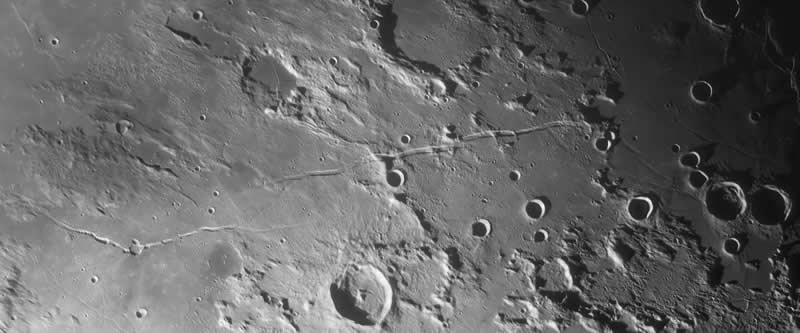
#19. "Over the South Pole Region" by Lóránd Fényes
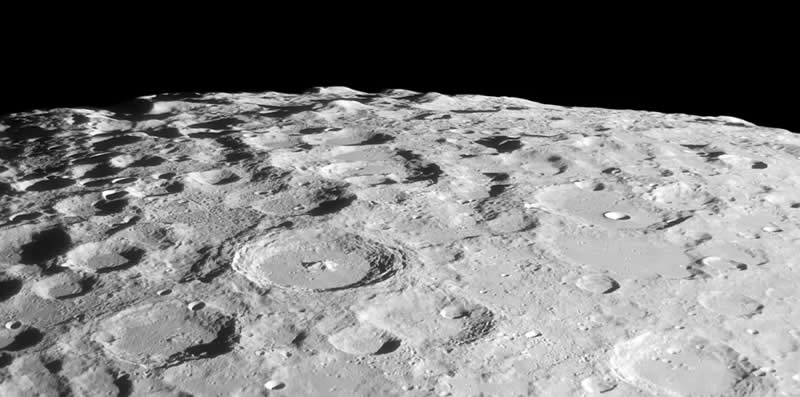
#20. "Moonrise Over Villebois-Lavalette" by Flavien Beauvais
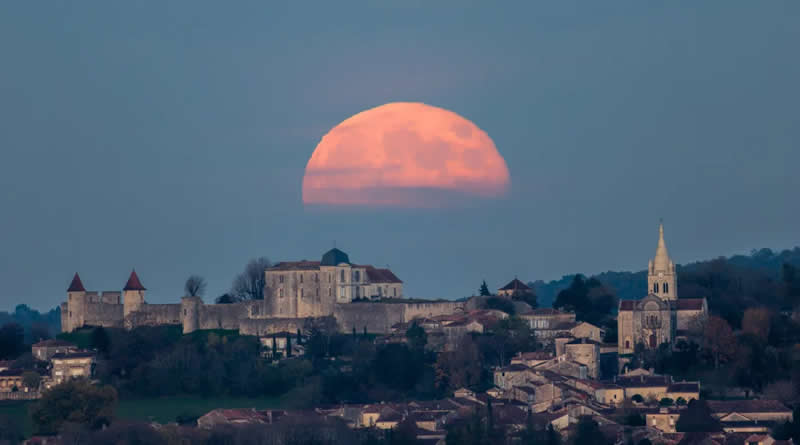
#21. "Close Approach of the Moon and Venus" by Yeongbeom Lee
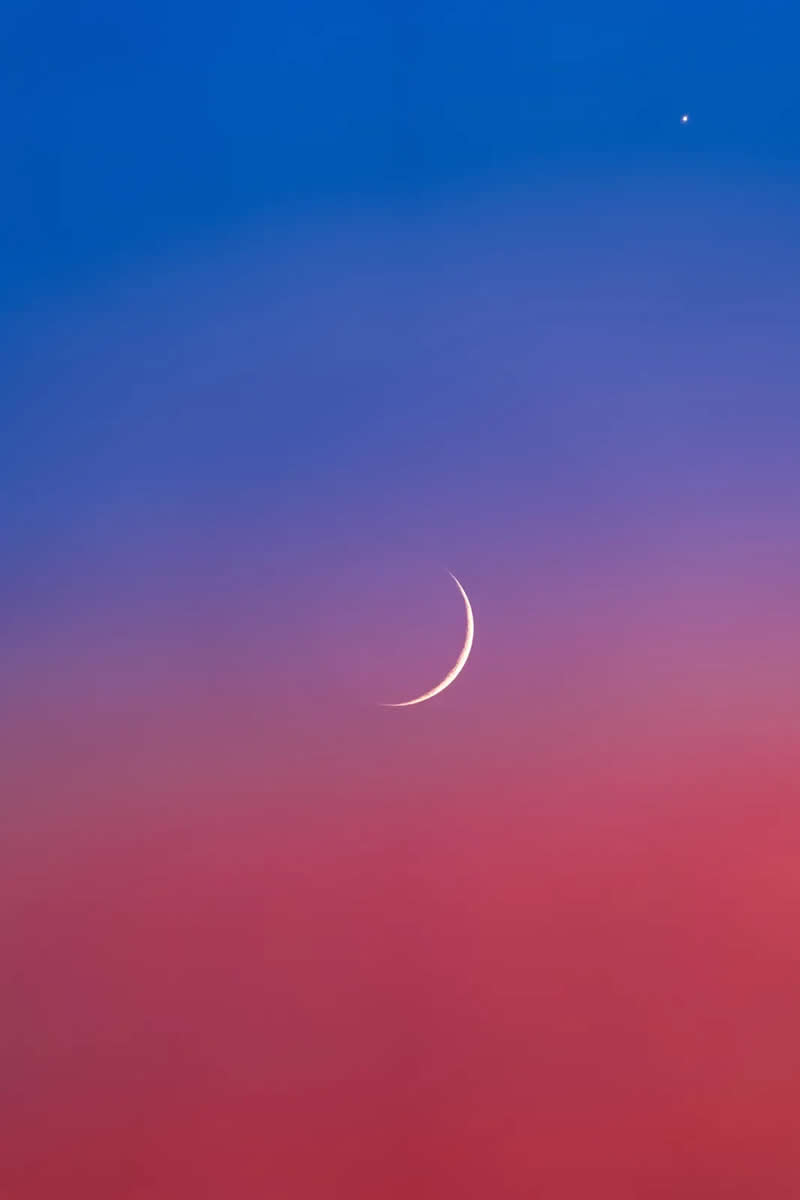
#22. "Lunar Occultation of Saturn" by Chayaphon Phanitloet
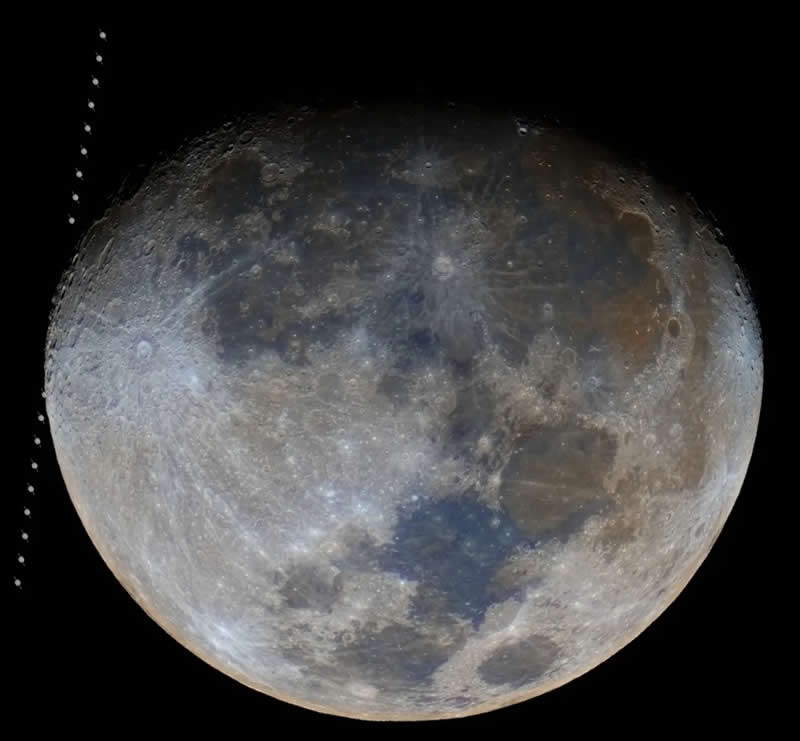
#23. "A Close-up of Theophilus Crater" by Tom Williams
